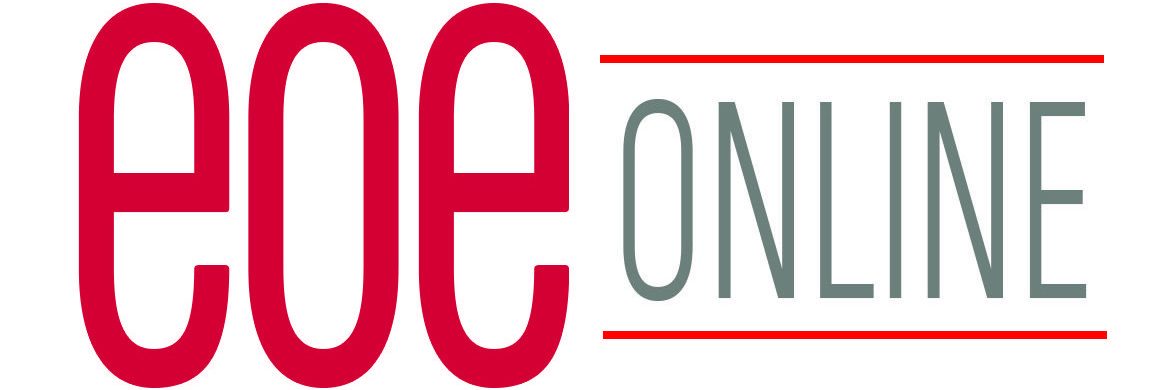
by Janice Gassam
Senior Contributor
As the year comes to a close and a new decade swiftly approaches, it’s time to assess what organizational practices related to diversity, equity, and inclusion (DEI) were effective and what practices need to be left in the old decade. Diversity has become a popular buzzword for corporate leaders and companies are now spending billions of dollars to make their organizations more diverse, equitable and inclusive but much of these efforts fail, research suggests. Which DEI practices need to be swapped out for new ones in the new decade?
1. Cosmetic diversity. Despite the fact that nearly every organization’s website touts their commitment to diversity and the fact they are an “equal opportunity employer”, we know this to be just lip service in many cases. If an organization is not ready to roll up their proverbial sleeves and do the deep work that is required to foster an inclusive environment, they should refrain from presenting themselves as such, which gives off the perception that activities are really aimed at achieving greater equity. An example would be that many companies have a diverse referral system, where employees are encouraged to recommend diverse candidates from underrepresented groups who possess the skills necessary to fill open roles within the company. What often ends up happening is that employees refer candidates to this diverse pipeline and companies do nothing with these referrals. If the intention is not to hire from this diverse pipeline, there should be no diverse pipeline at all. Avoid inauthentic practices if your company is not ready to fully commit to DEI.
2. Not reporting diverse retention. Tech behemoths like Facebook and Google publish an annual diversity report that features their diversity progress for different diverse groups of employees within the organization. What many companies fail to assess is retention numbers for these same diverse groups. For example, if 50% of your senior leaders in 2018 were women, what percentage of those women were you successful in promoting and retaining? These numbers and figures are rarely, if ever, reported and present more of a holistic picture. If 50% of your senior leadership is women, however, you were only able to retain 5% of those women in 2019, that could point to an even bigger issue that would not be seen by simply assessing group percentages each year.
3. Reactionary DEI trainings. In 2019, we saw some companies implement DEI trainings, after receiving negative press regarding discriminatory practices. If DEI isn’t woven into the fabric of the organization, any reactionary DEI workshops and trainings will seem like cosmetic diversity efforts. Many DEI professionals argue that frequent diversity trainings are more effective than the once in a while trainings that are often conducted within organizations. For 2020, think about how often your company can implement DEI trainings, whether it’s feasible to explore virtual training options and webinars for the flexibility, and what new content these trainings will deliver to employees.
4. Conflating diversity with inclusion. Diversity and inclusion are often terms used synonymously but they have very distinct meanings and should not be mistaken for the same thing. Typically, leaders believe that because their company has representation from underrepresented minorities (URM), that they are fulfilling their DEI efforts…
To read this article in its entirety at Forbes.com, click here.
